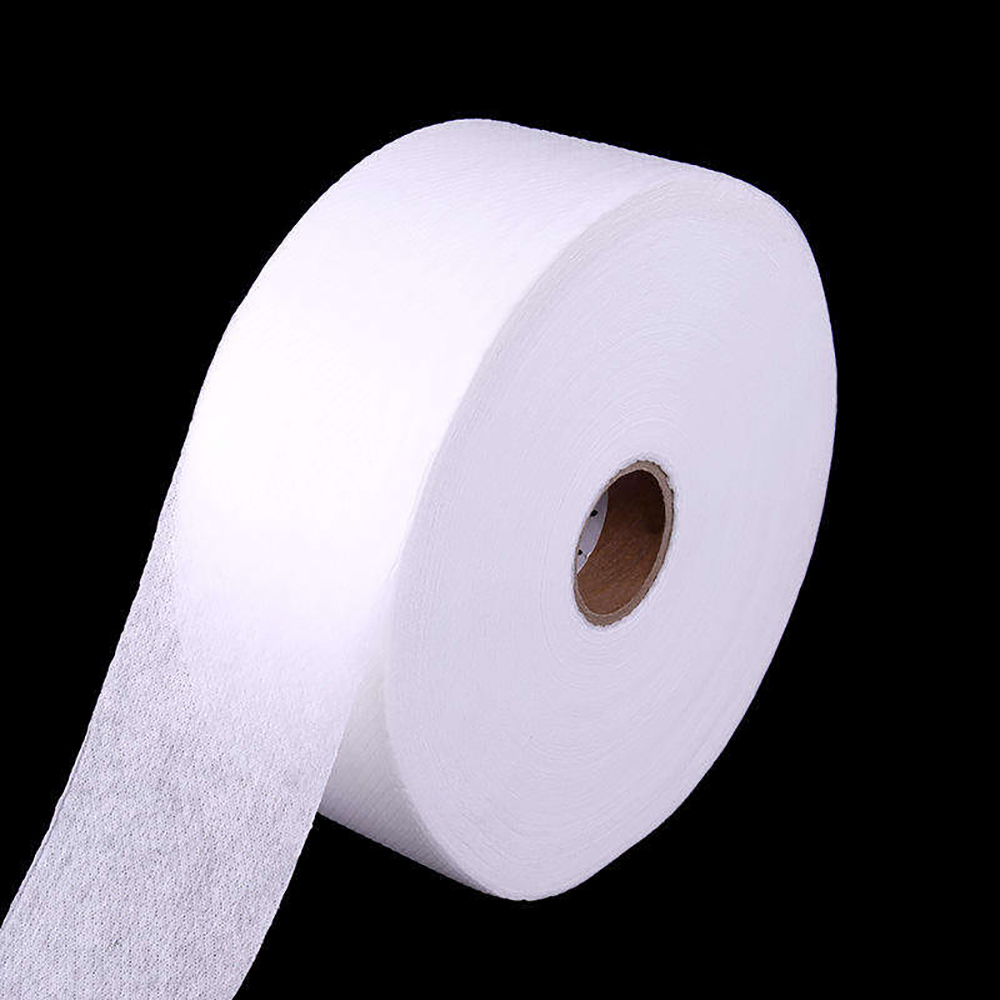
- +8613859957860
- [email protected]
- No.11 Shuangfu Road, Tong’an District, Xiamen, China
The world of baby diapers is more intricate than it seems, with every layer serving a purpose. The baby diaper raw materials are the unsung heroes behind the comfort, absorbency, and durability of diapers. From the softness of nonwoven fabric to the effectiveness of absorbent polymers, these materials make disposable diapers indispensable for modern parenting.
For baby diaper raw materials, there are hydrophic top sheet nonwoven, ADL nonwoven, carrier tissue, core absorpsion nonwoven, wood pulp, SAP, hydrophobic nonwoven, back sheet nonwoven, PE film, laminated film, PP side tape, front tape, velcro tape, hot melt adhesive, spandex, etc.
Baby diapers rely on a combination of carefully chosen raw materials, each serving a unique function. These materials ensure the diaper is comfortable, absorbent, and leak-proof.
These components work together to deliver the performance parents expect.
Nonwoven fabrics are the first layer of a diaper, touching the baby’s skin. They’re designed for softness, breathability, and durability.
The nonwoven fabric is created through bonding fibers, typically polypropylene, using heat or chemicals.
SAP, or super absorbent polymer, is a game-changer in diaper technology. This material can absorb liquid many times its weight and lock it away.
SAP is primarily made of sodium polyacrylate, known for its efficiency and safety.
The absorbent pad is the core layer of a diaper, ensuring even distribution of liquid. It combines fluff pulp and SAP for maximum effectiveness.
| Material | Function |
|---|---|
| Fluff Pulp | Provides bulk and initial absorbency. |
| SAP | Locks in moisture to prevent leakage. |
This combination ensures the diaper can handle multiple uses before disposal.
Choosing raw materials involves balancing performance, cost, and safety. Key considerations include:
Manufacturers conduct rigorous tests to meet these criteria.
The waterproof capabilities of disposable diapers come from their polyethylene film and elastic components.
These materials ensure the diaper stays secure during a baby’s movements.
Diapers must not only perform well but also protect sensitive skin. Here’s how raw materials contribute:
Manufacturers often include lotion-infused layers for added skin protection.
China is a growing market for diaper raw materials. Leading suppliers focus on high-quality nonwoven fabrics, SAP, and absorbent pads.
These suppliers meet global standards while catering to domestic needs.
The environmental impact of disposable diapers has sparked innovation in raw materials. Companies are exploring:
Sustainability is becoming a priority in diaper manufacturing.
The diaper industry is evolving with breakthroughs in materials science. Here’s what lies ahead:
These innovations promise to make diapers safer, more efficient, and eco-friendly.